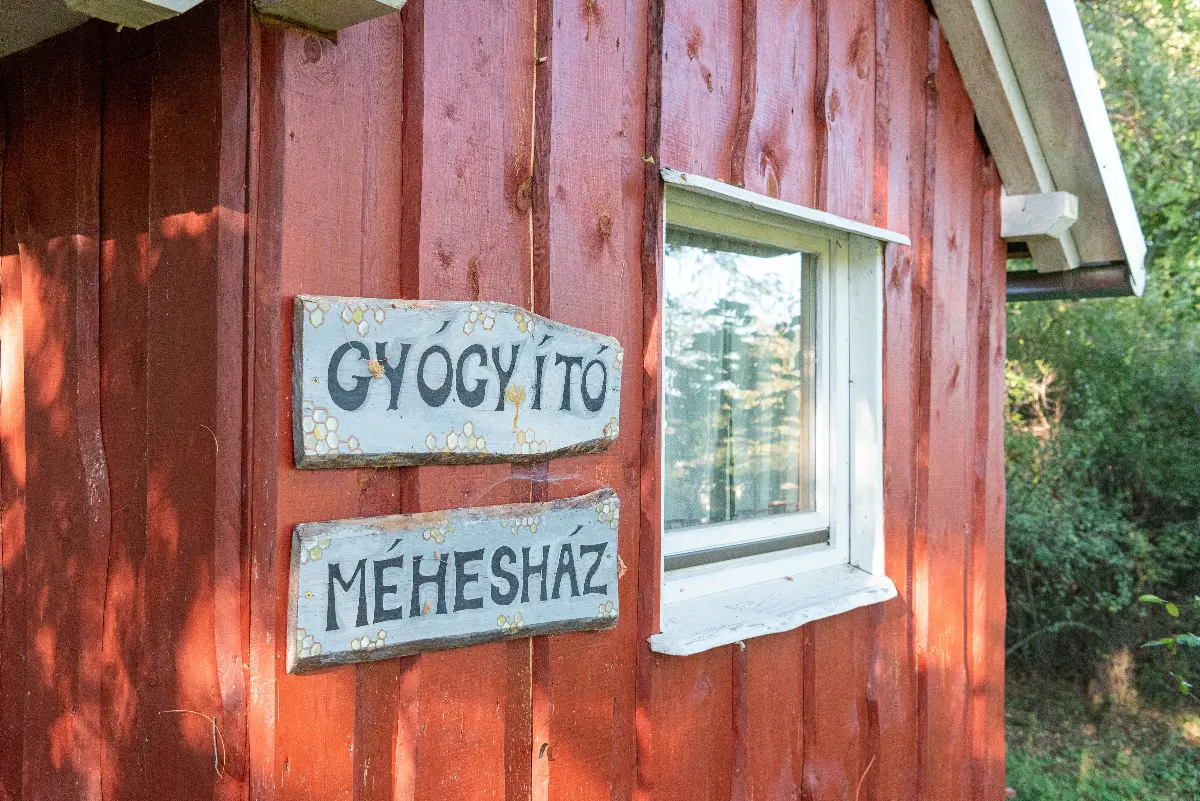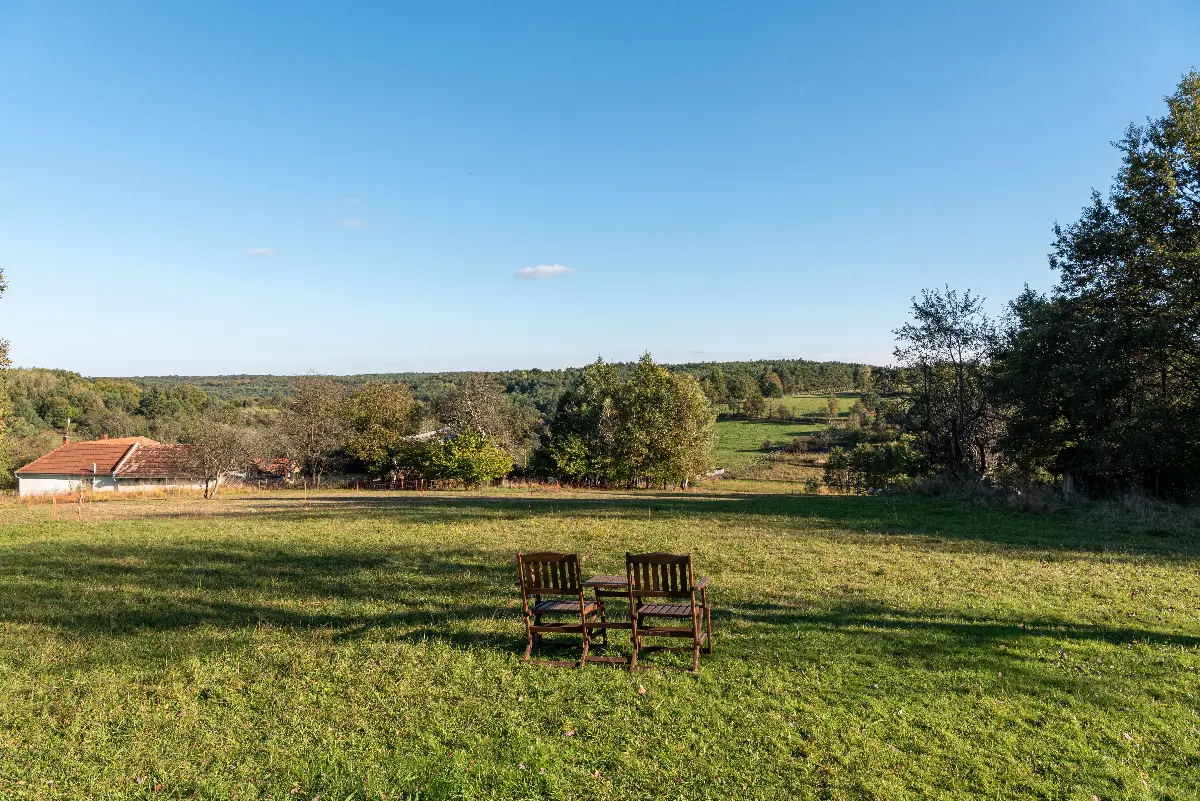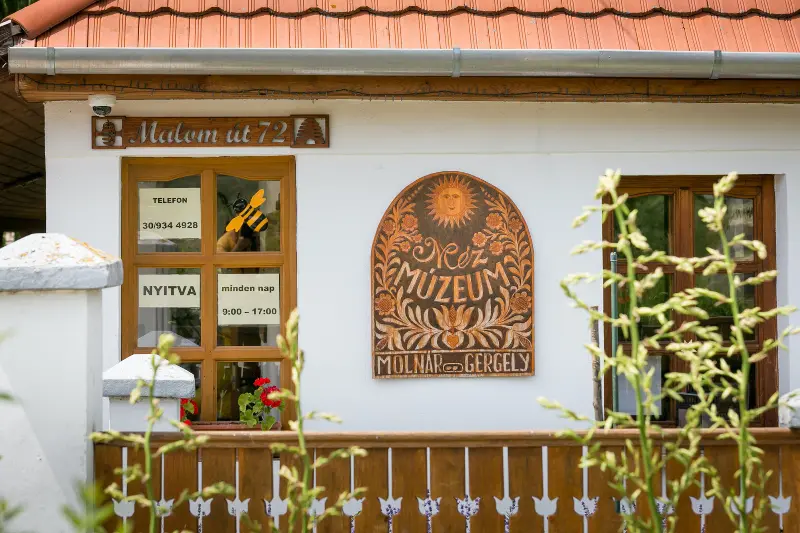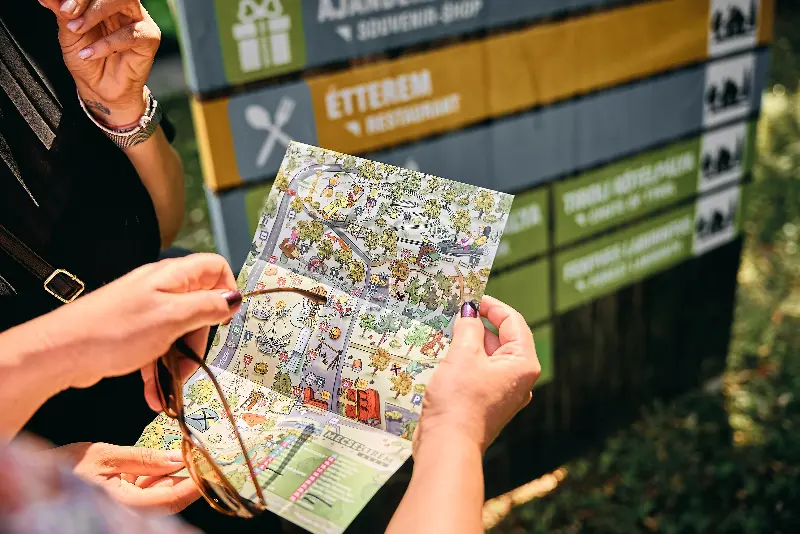
Helyszín címkék:
A honey-sweet journey, or honey-history for beginners and advanced
Szabó Sára
The most ancient sweetener, the “Food of the Gods”
According to a 16,000-year-old Spanish rock painting, honey was known, consumed and loved even by prehistoric man. The first traces of beekeeping date back to the 7th millennium BC, but the first major honey producers were the ancient Egyptians. Honey and beeswax were valuable commodities, but they were also used in their advanced medicine to relieve pain, reduce inflammation and disinfect wounds. Of course, pleasure products, such as mead and honey cakes, were also popular during this period.
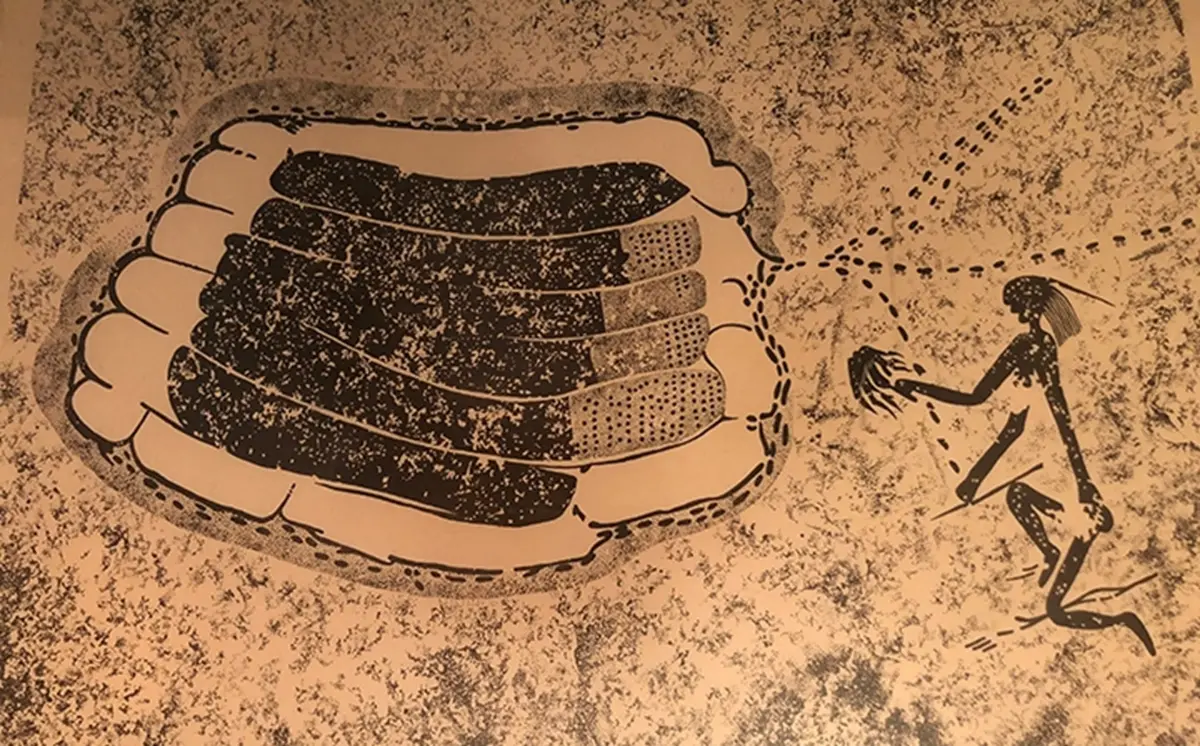
Photo source: https://www.omme.hu/
Based on written records from 1370, we know that the conquering Hungarians were already involved in beekeeping in our country. Mead wine, gingerbread, mead beer and hydromel, a sweet, refreshing drink, appeared. In Hungarian cuisine, honey was also used in cakes and various dishes, as it was the only sweetener before the start of industrial sugar production. Although it was pushed into the background in the 17th century due to the spread of oil and paraffin and the rapid development of sugar refining, today honey plays an important role in healthy nutrition again.
Healthy and important
An interesting fact is that Hungarians consume an average of 1 kilogram of honey per year, however, according to Péter Bross, president of the National Hungarian Beekeeping Association (OMME), we should eat a spoonful of this miracle cure every day! Honey is a real immune-boosting bomb: it is full of minerals, trace elements, vitamins, and essential nutrients that our body cannot produce on its own.
Without pollination by bees, one in six foods would disappear from supermarket shelves, so the role of beekeeping goes far beyond honey production, the work of beekeepers is of fundamental ecological and food security importance.
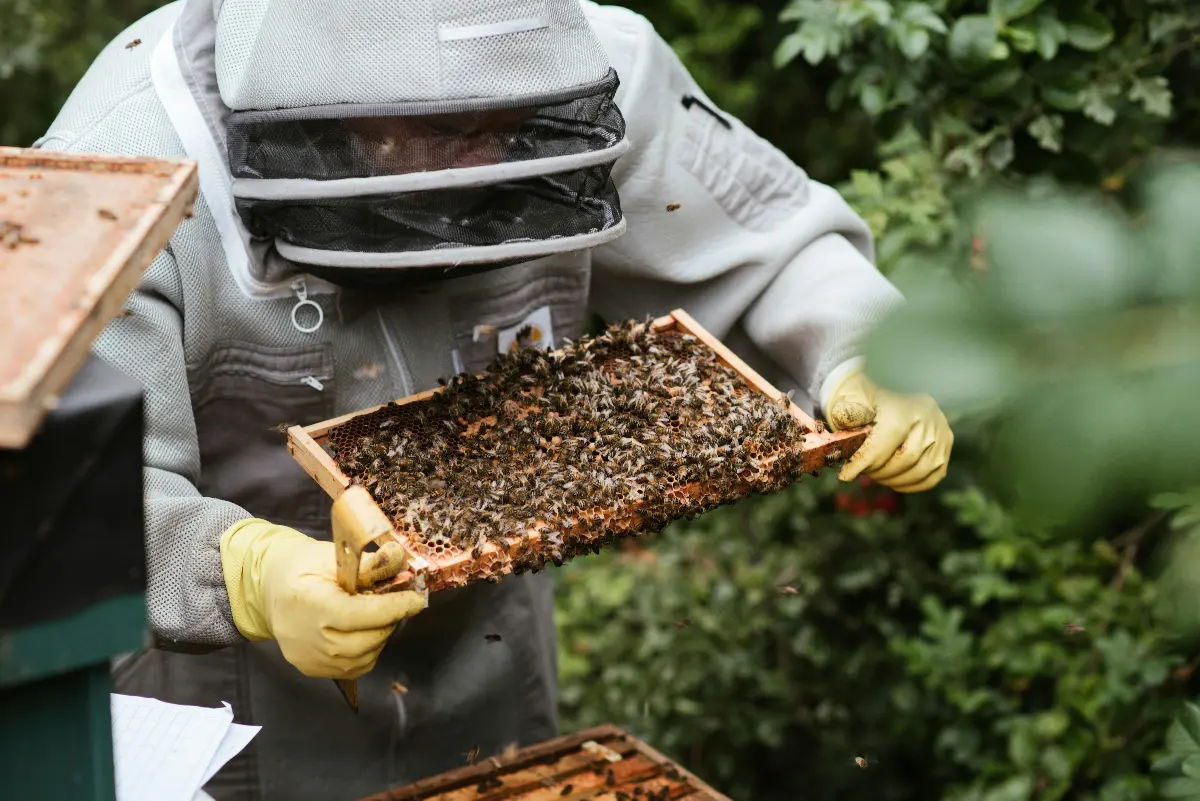
You might not think so at first, but there are nearly 30 types of honey known in our country. However, most of these are only available in small quantities and can typically be purchased directly from producers, beekeepers.
What is good honey?
Transparent or reddish-brown, with a floral scent or slightly acidic – honey can be extremely diverse. We can distinguish several types based on its aroma, smell, taste, ingredients and colour. The properties of honey are mainly determined by the plants whose flowers the bees have collected the nectar from. In our country, the most common varieties are acacia, linden, sunflower and rapeseed honey. However, the characteristics of the product are often influenced by external factors that are independent of the producer, for example, the composition of the bee pasture, the variety of nectar sources or the weather conditions at the time of collection.
However, when choosing the right honey, there are more important considerations than its colour or smell. Honey is a product of trust, when you buy from a local beekeeper, you can have direct contact with the producer, so you can know exactly where what you are consuming comes from. The quality is ensured not only by personal contact, but also by the producer’s honey bottles distributed by the National Hungarian Beekeeping Association. These can only be purchased by officially registered beekeepers, and you, the consumers, can easily recognize them.
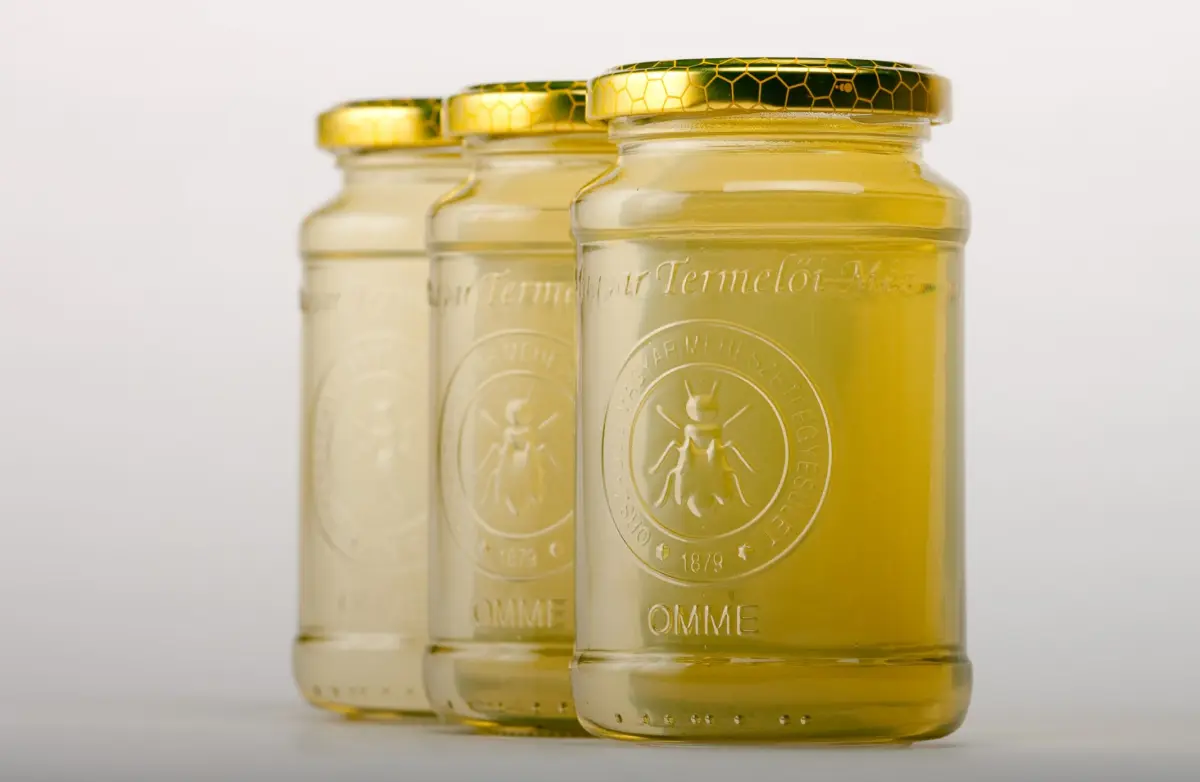
It is also worth paying attention to the sealing tape on the bottle, which, on the one hand, indicates that the product contains only natural honey of Hungarian origin, and, on the other hand, provides a guarantee that the honey meets the quality requirements based on the OMME laboratory test. Therefore, if you want to consume real, pure honey originating from a reliable source, it is best to buy directly from the producer, by doing so, you not only support your own health, but also the work of domestic beekeepers and the survival of bees.
Honey-sweet places around the country
Honey museum – Vizsoly
The picturesque village of the Zemplén Hills is not only the homeland of the Vizsoly Bible! Visitors to the Honey Museum can learn about the centuries-old traditions of beekeeping, the process of honey production, the history of beekeeping tools, and even extract their own honey! In addition to the interactive exhibition, you can also participate in tastings and thematic programmes.
Wildflower Bee and Healing Garden – Orfalu
This nature-friendly estate is located in one of the most secluded and peaceful settlements in the Őrség region, where beekeeping is intertwined with the world of medicinal and wild plants. Visitors can get an insight into natural beekeeping, learn about folk remedies related to honey, and even taste herbal teas and pollen. In addition to the village guest table, you can also try the soothing buzz therapy and stay in the charming apartment on the estate!

Zümmögő (Buzzing) nature trail – Környe
In Környe, you can take a unique look into the mysterious world of bees: the country's first Buzzing promenade not only invites you to wander around, but also playfully "tells" about the pollinators, the exciting background secrets of beekeeping, and the wonders of nature. Interactive boards, exciting tasks, and an eye-catching environment await you.

